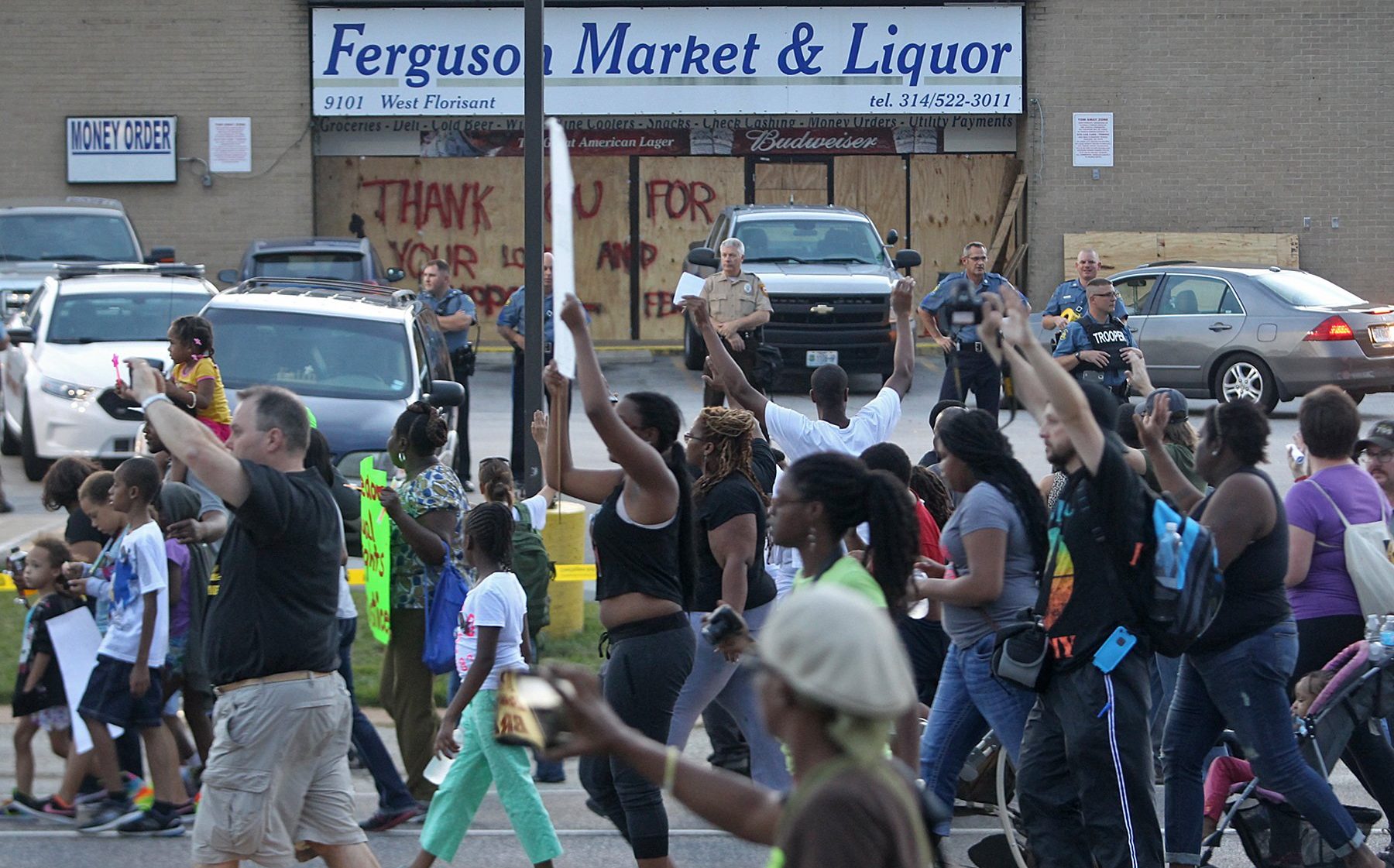I have learned a lot from taking Community Organizing and Urban Education during the 2018 spring semester. I chose to take this course for many reasons. As an education major, I had previously taken education courses focusing primarily on policy, reform, and the many players involved in the structure of our education system. Community Organizing and Urban Education offered a different learning experience than those courses. I wanted to learn more about Urban Education as all of my education has been in suburban settings. Also, I wanted to learn more about how organizing can create change instead of actions in the legislature. Throughout this course, I learned many new things.
First, I learned many different techniques from leaders in organizing that have had many successful organizing campaigns and experience. Some of these models and techniques included ideas from Saul Alinski, Paul Freire, and Ella Baker. These three authors offer different techniques but all have the same solution: to make a change. All have proven that organizing can and does make change in a community or across the country. I felt the passion these authors have towards organizing through literature I read in class. Alinski, Freire, and Baker all intertwined community organizing with education and how they both shape each other. What stuck most with me about these authors is the success they had from organizing efforts and the real change it can have in a community. Change that greatly improves the experience and lives of oppressed people.
The incorporation of social media and technology into our course structure was very eye opening. Twitter served as a unique communicator between our class and other people involved in organizing and education. This was the first time I had used Twitter or any social media platform to communicate ideas and facilitate discussions using a hash tag. I learned that people across the country could be reached in a matter of seconds. In a sense, this is an act of organizing around an issue expressed in tweets. And through sharing ideas and engaging in dialogue through Twitter, people are able to learn new things they might not have been aware of before. Also, the use of technology in general has the ability to organize people and educate each other through this organizing. In class one morning, we were able to chat with three education professionals all one video conference call. In previous classes I had video chatted with one leading expert in their respected field but never before having three leaders communicating with each other and with our class at the same time. The use of video has the ability to connect people to events or organizing meetings if they are not able to be there in person. The use of technology should be used extensively and as much as possible when attempting to educate and organize people around a specific cause.
I grew up and spent my entire life in St. Louis prior to attending Bowdoin, which is why I chose to focus on this city for my project. I attended public school and played sports throughout my life in St. Louis that gave me the opportunity to see some of the tragic problems hurting schools comprised of majority-minority schools. This included graffiti on walls, bathrooms that didn’t work, technology decades old, mold in the ceilings, and libraries with very few books. Also, I have experienced first hand the effects of events like the Michael Brown shooting in Ferguson and the effects that it had on the community. I thought I knew a great deal about the problems and things being done to address them, like busing to integrate city and suburban schools, but I learned much more about action being taken right now to fix these problems. Organizations are meeting daily to address these problems and find feasible solutions. Not only in St. Louis but also across the country. The media typically only covers politicians trying to make a change and organizations take a back seat but there are many organizations taking action today.
Communities are only as strong as their weakest link. Organizing must take place in order to educate all community members on problems that neighbors are facing. If someone is blind to a problem in their community because they do not experience that problem first hand then they must be educated through effective leaders reaching their background. Organizing and education go hand in hand. It’s hard to have one without the other. Both aspects are extremely important to making change and creating a healthy society for all.
